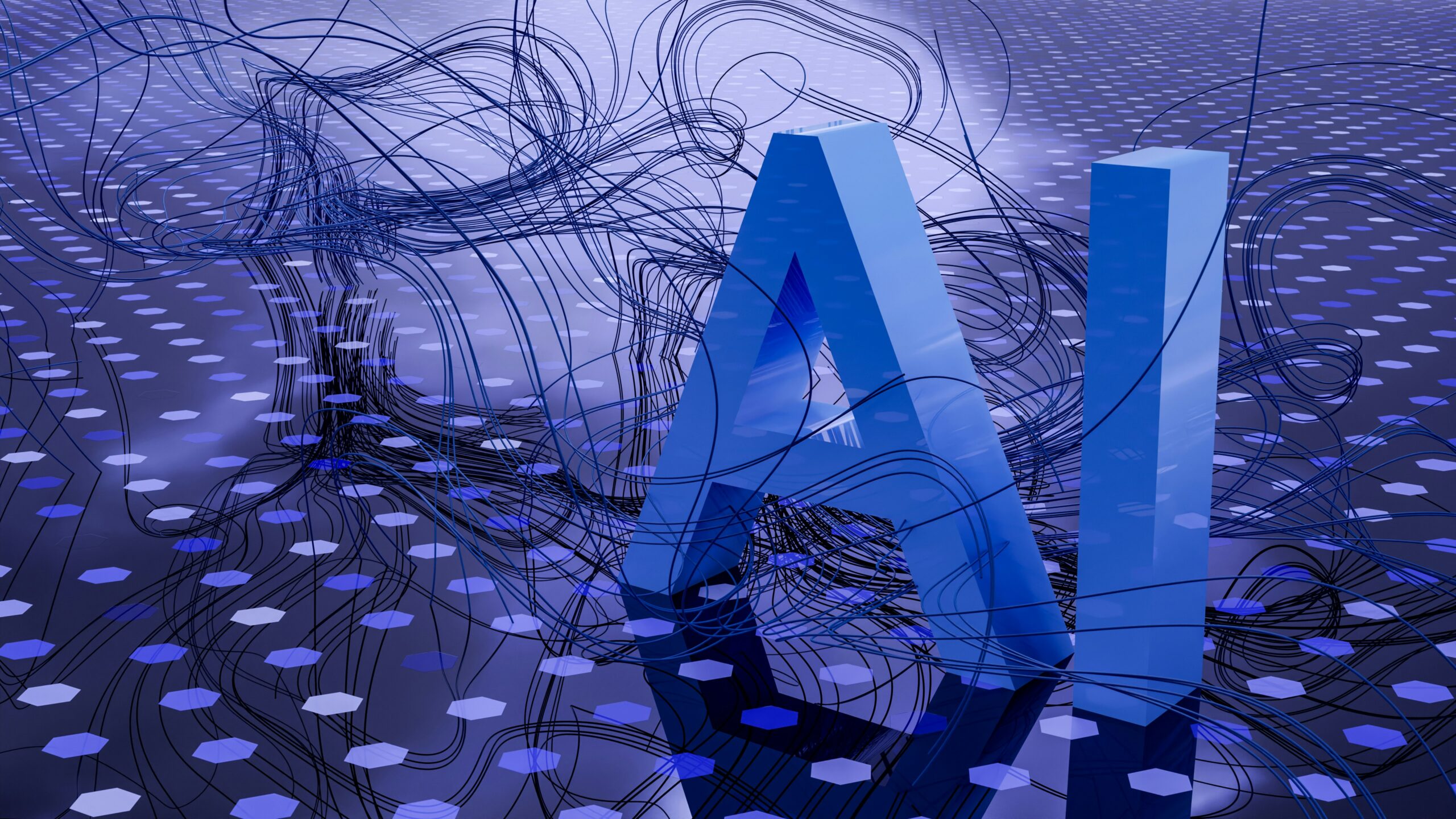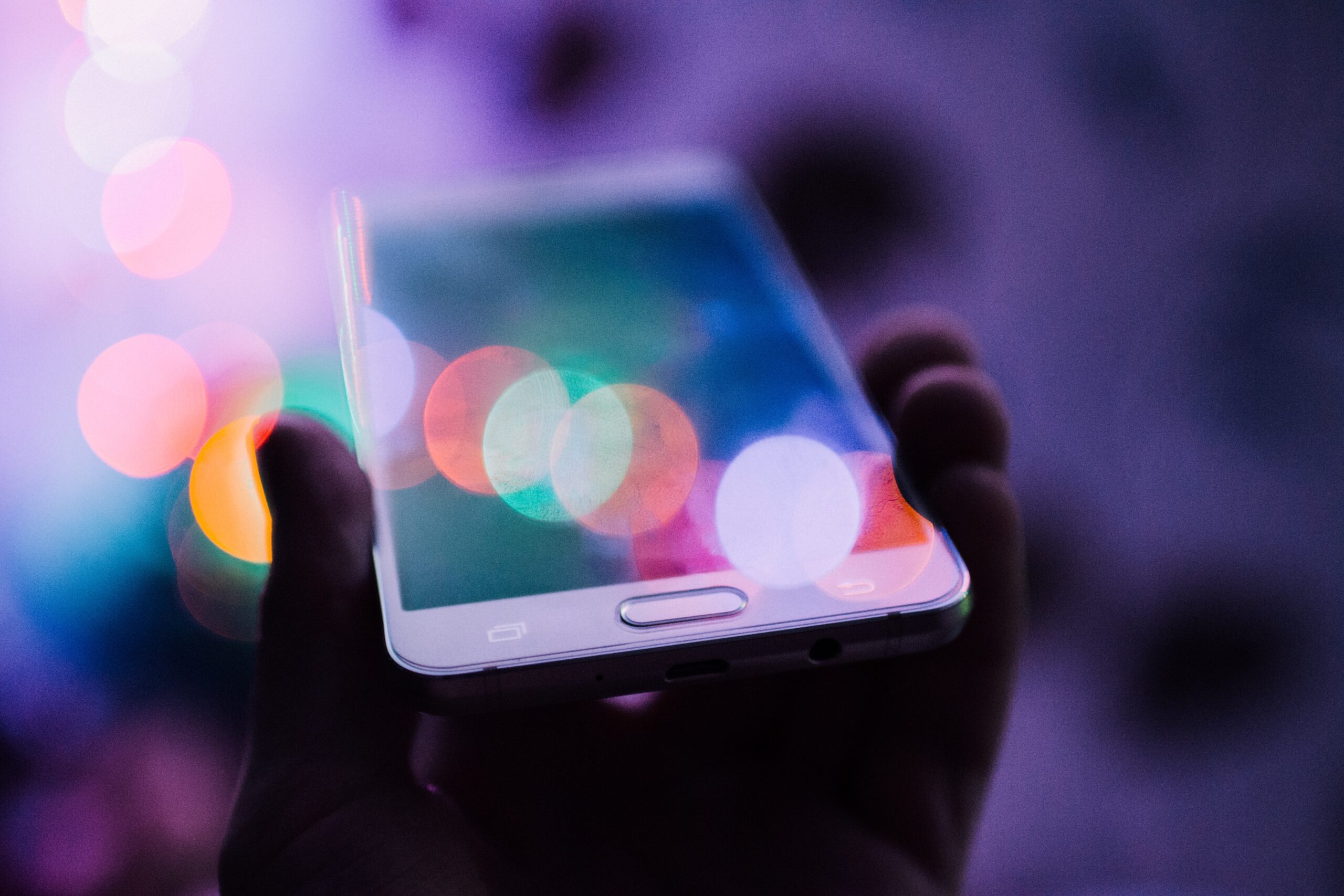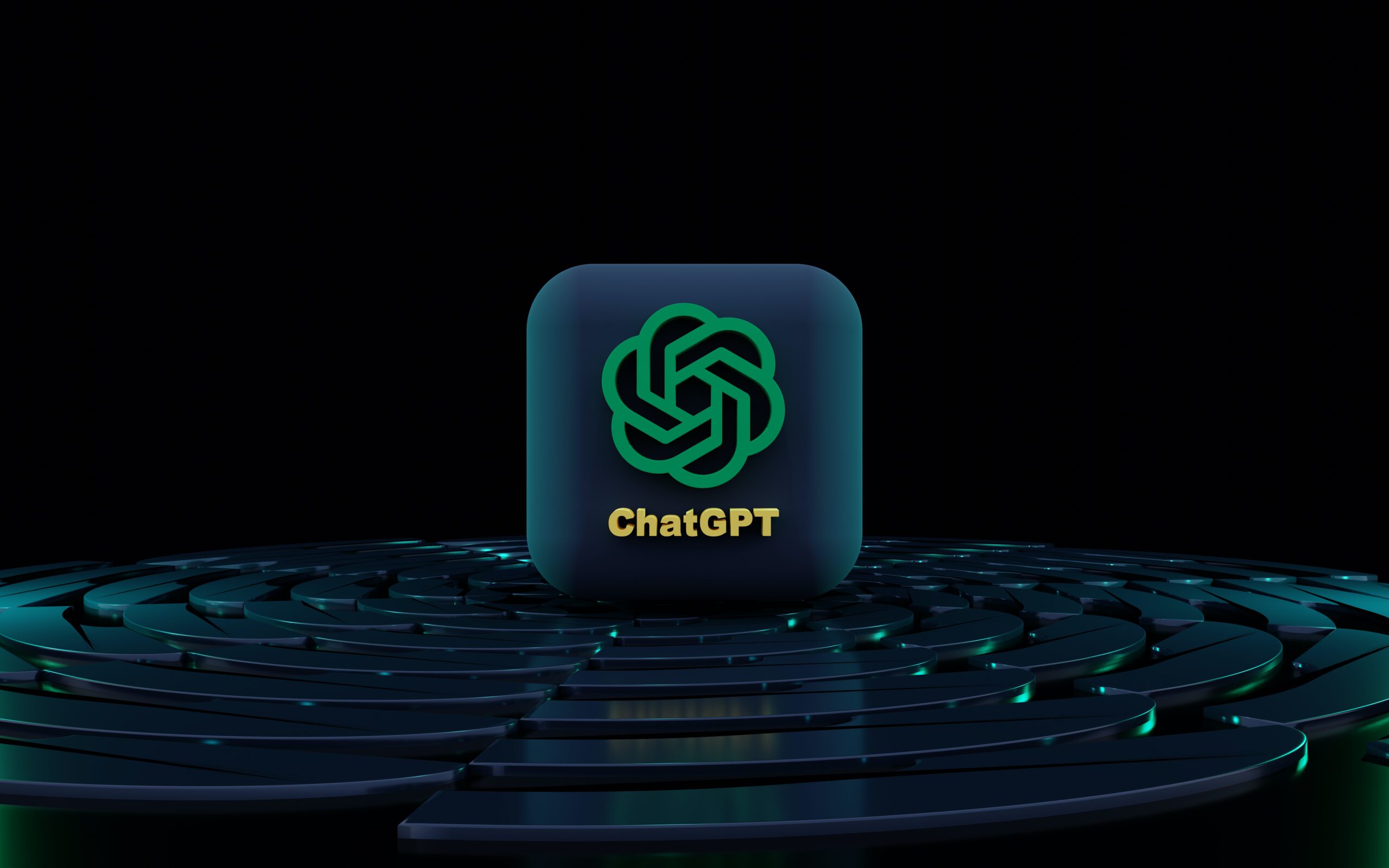Marketing is one of countless industries navigating a rapid sea change spurred by artificial intelligence (AI). While hardly a new concept, AI’s most recent evolutions – namely, generative AI – now stand to overhaul countless longstanding industry norms, including the notion of human creativity and contribution. Despite fears that these changes may suppress human intuition entirely, AI-driven marketing stands to redefine and coexist with its organic fundamentals – striking a crucial balance between enhanced efficiency and compelling, personalized strategizing.
Unprecedented Disruption
Integrated AI has equipped marketers with unprecedented access to data, sophisticated analytics tools, and AI algorithms. These technologies aim to enhance decision-making, increase campaign effectiveness, and streamline marketing processes. AI undeniably plays a pivotal role in modern marketing. Yet, amidst this revolution, the significance of human creativity and intuition remains steadfast and irreplaceable.
Human creativity is the cornerstone of storytelling and brand building; it’s the ability to craft a compelling narrative, design visually appealing content, and generate innovative ideas that set brands apart. While AI can automate certain creative tasks, such as generating content and visuals, it cannot truly grasp the intricacies of human emotions, culture, and social consciousness. Herein lies the power of human intuition, which allows marketers to navigate the subtleties of human behavior and emotions that data alone cannot capture. AI can provide marketers with a wealth of data and insights, but it still takes an intuitive human touch to transform this information into emotionally resonant campaigns. Marketers must recognize that a blend of AI-driven decision-making and human insight now defines the path to industry success.
Striking a Balance
To achieve harmony between rapid AI advancement and established human-driven principles, marketing entities must normalize the rising symbiotic relationship between metric-driven AI and organic expertise. For instance, by leveraging AI to analyze vast datasets, marketers can uncover patterns and trends that inform creative strategies. AI can reveal insights about customer preferences, behaviors, and emerging trends, enabling marketers to create content that resonates deeper with their audience.
Moreover, automation holds complementary potential for human marketing teams; it can handle repetitive, data-intensive tasks like A/B testing, keyword research, and ad placements with precision and efficiency. By offloading these tasks to AI, marketing teams can free up valuable time and resources, creating newfound bandwidth for stronger strategic thinking and creative experimentation that may elevate campaigns to new heights.
Beyond data-informed creativity, however, AI’s generative capabilities also stand to reach fruition through irreplaceable human involvement. Such tech currently lacks the depth, authenticity, and emotional resonance inherent in human writing, and it’s the role of human creatives to refine and customize AI content, infusing it with cultural relevance and a personal touch that establishes a genuine connection with the audience. For example, a human copywriter can imbue a piece of content with humor, emotion, or unique tonality that AI simply cannot replicate.
The existing marketing landscape is still very much a proving ground for human-led automation, but this cohesion will likely become more seamless in the coming years, leading to a bold and exciting new horizon for marketing at large.



